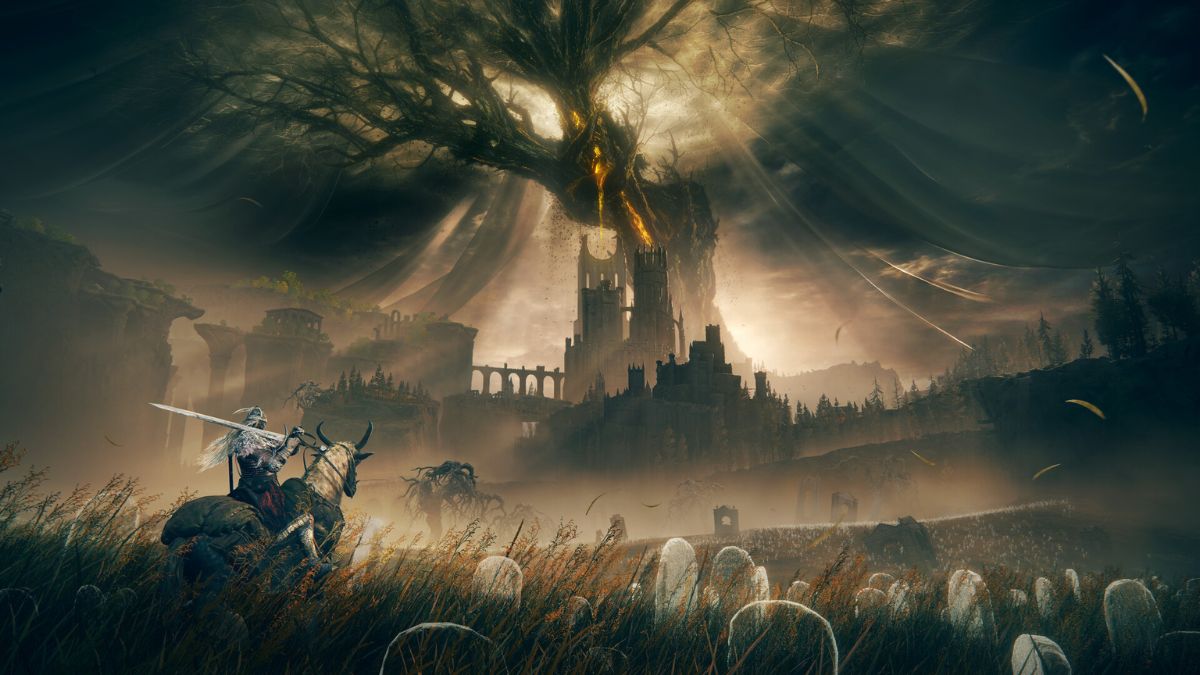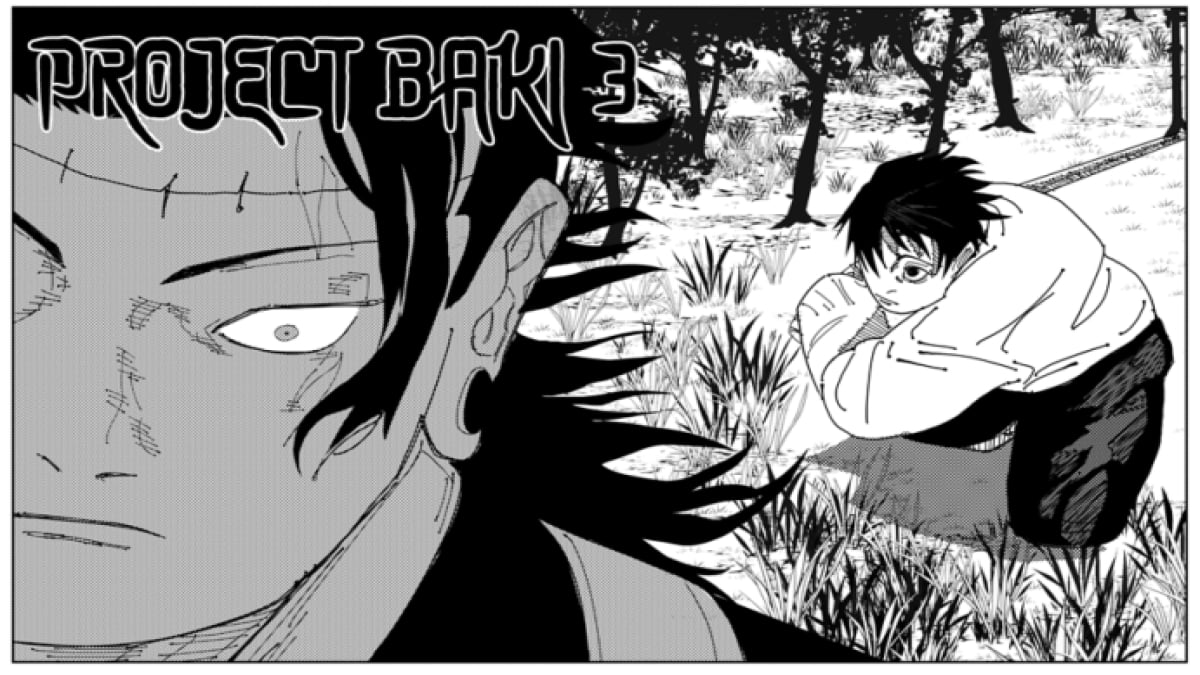Ray-Tracing is the new hotness in the world of video game graphics, but what exactly is it?
With the release of Nvidia’s RTX series, the world of gaming is getting introduced to the concept of ray-tracing as part of our daily lives. The upcoming consoles from Sony and Microsoft both promise ray-tracing solutions, and AMD are looking to bring their method of ray-tracing to their GPUs as well. What exactly is ray-tracing? And what does it mean for you? This article is designed to be a quick primer on ray-tracing, there is a link included to a very technically dense explanation for those who wish to learn more about the process.
What Is Ray-Tracing?
The simplest way to describe ray-tracing is as a more realistic way of rendering light and shadow within a video game. Traditionally, ray-tracing has been used in cinema and on TV shows to produce incredibly realistic lighting in computer-generated scenes. The reason it has been a stable of visual effects in movies, but not in games, is because of the differences in rendering. Movie scenes can be rendered over time, using powerful equipment, while games are limited to the hardware available to the consumer, and the need to render it all in real-time.
The result of this is that games have relied on a process called rasterization to display three-dimensional objects on a two-dimensional screen. The process is quicker and easier to render than ray-tracing. It can be used to give a reasonably accurate, and often very pretty, the approximation of how light and shadow would behave in a scene. For a more in-depth explanation of how rasterization works, I would suggest this excellent article from TechSpot. Be advised. It is very technically dense.
Where ray-tracing differs is that it seeks to replicate the correct behavior of light within a 3D space. At it’s most basic level, ray-tracing is the ability to trace light from the source through a 3D space. It takes into account how it would react on the surfaces it comes into contact with in an environment. As you can imagine, this is very computationally intensive and has been outside the abilities of gaming hardware, until now.
The solution for this in gaming is more powerful equipment and a clever way to approach ray-tracing. In games, rather than ray-tracing an entire environment, the ray-tracing only happens for the light that can be seen from a virtual camera, in this case, your character field of view. There is also a limit placed on exactly how many rays of light will be ray-traced. Some games have used a combination of ray-tracing on visually impactful objects, and rasterization on the rest of the scene.
While all this sounds great, ray-tracing is still a pretty niche part of games. There is a lot of work to do before the currently available cards can provide the advantages of ray-tracing, while maintaining high frames rates and high resolutions that many modern gamers demand.






Published: Oct 8, 2019 03:57 pm